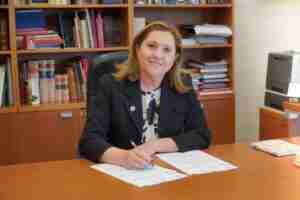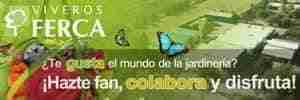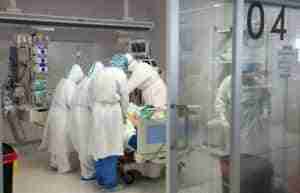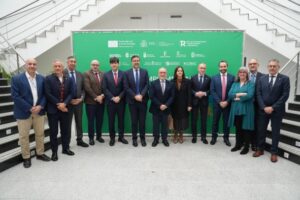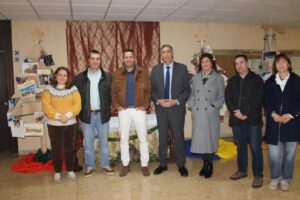CCOO sounds the alarm about the situation in Castilla-La Mancha as more than 190,000 people live in extreme material hardship, with just over 1 million people experiencing some degree of difficulty in making ends meet, according to the Encuesta de Condiciones de Vida (ECV) report published by the National Institute of Statistics (INE). The most affected indicator is related to those who cannot afford to maintain adequate living conditions in their homes, which increased by 45% compared to 2021. Castilla-La Mancha is known for being one of the regions with the lowest income, making it a concerning issue, notes María Ángeles Castellanos, the regional secretary for Social Policies, 2030 Agenda, and Employment at CCOO CLM. Although there has been a slight decrease, from 32.5% in 2021 to 31.6% in 2022, in the AROPE rate (measuring the risk of poverty or social exclusion) in Castilla-La Mancha, it is still high compared to other regions like Navarra, where the rate is14.5%. CCOO warns that the most concerning data is the increase in extreme material and social hardship, which rose to 9.3, meaning over 190,000 people live in extreme precariousness. The situation is nearly two points worse than the previous year, indicating an additional 40,000 people have entered this situation. Castilla-La Mancha ranks fourth in terms of the percentage of the population living in material hardship, after Canarias (11.9), Andalucía (11.3), and Extremadura (9.7). The organization referred to the increase in the costs of energy and basic commodities as the probable cause of the situation. They declared that such capital hikes by the producers were not concurrent with corresponding salary increases, which extracted income from homes, hence deteriorating the living conditions of the general population. Another notable indicator highlighted by CCOO is that nearly 37% of Castilla-La Mancha’s population cannot cope with unpredictable expenses. Despite the rise in average household incomes from €26,060 in 2021 to €27,864 in 2022, CCOO argued that the increase is not significant enough to improve the situation, as the rate of living costs surges as well. CCOO CLM’s María Ángeles Castellanos emphasized the need for the business sector to limit their excessive profit margins, offer affordable accommodation, and increase salaries to curb these poverty indicators once and for all. The ECV collects data on living conditions and revenues of households sampled during the fourth quarter of each year. As the report only reflects revenues from 2021, it is vital to consider this factor when interpreting the indicators.
